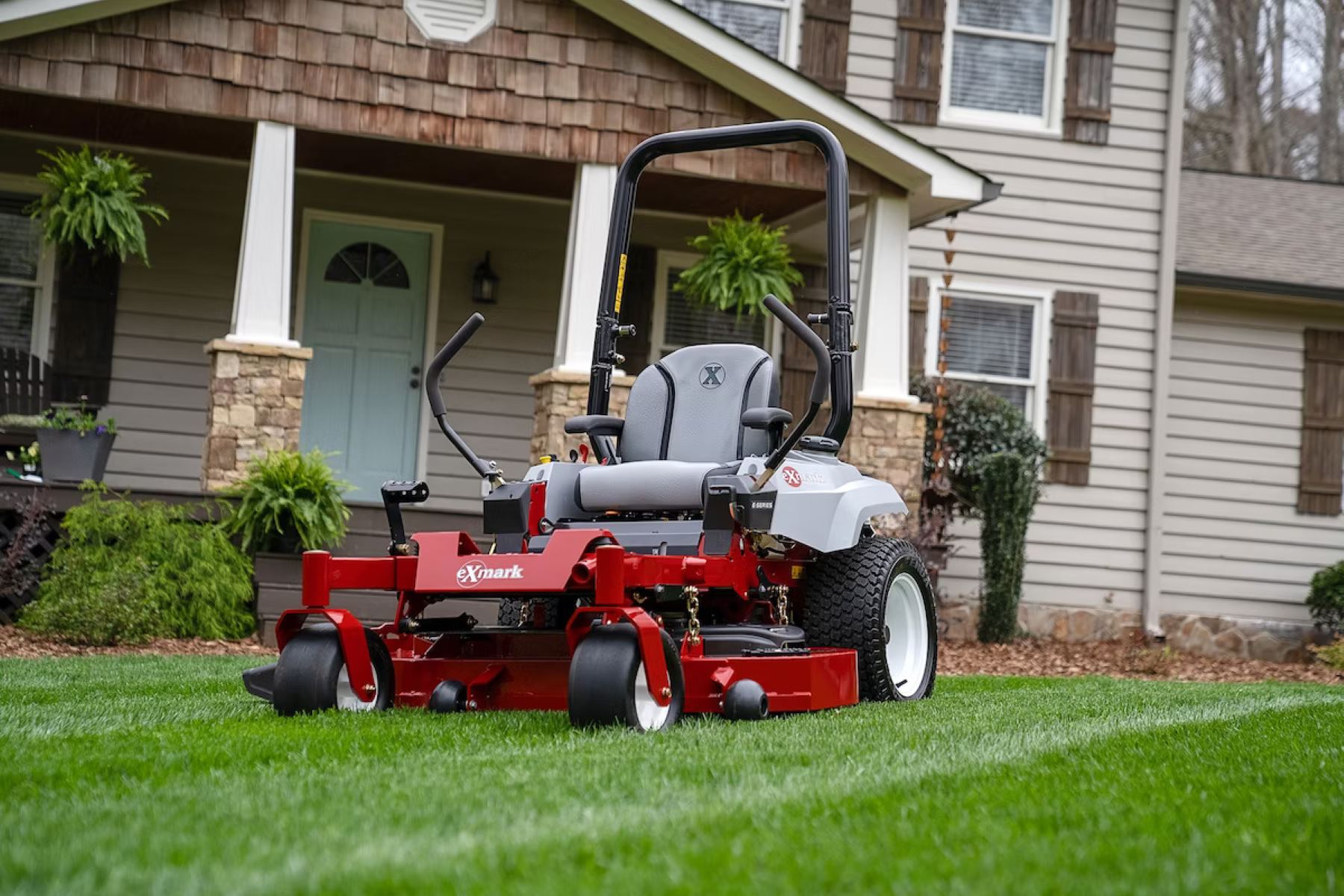

Articles
How To Store Riding Lawn Mower Outside
Modified: May 6, 2024
Learn the best practices for storing your riding lawn mower outside with these helpful articles. Protect your equipment from harsh weather and ensure its longevity.
(Many of the links in this article redirect to a specific reviewed product. Your purchase of these products through affiliate links helps to generate commission for Storables.com, at no extra cost. Learn more)
Introduction
When you own a riding lawn mower, finding a proper storage solution is essential to protect your investment and extend its lifespan. While it’s always ideal to store your mower indoors, some homeowners may not have the space or convenience for this. In such cases, storing your riding lawn mower outside becomes the next best option.
Storing a riding lawn mower outside requires careful consideration and preparation. Exposure to the elements, such as rain, snow, and sunlight, can cause damage to the mower’s engine, frame, and overall functionality. However, with the right location, proper coverings, and regular maintenance, you can keep your riding lawn mower safe and in top condition even when stored outside.
In this article, we will discuss the steps you need to take to store your riding lawn mower outside effectively. From choosing the right location to securing your mower, we will cover everything you need to know to keep your outdoor-stored mower protected from the elements.
Key Takeaways:
- Proper outdoor storage of a riding lawn mower requires careful consideration of location, climate, security, and maintenance. By following these steps, you can protect your investment and ensure optimal mower performance.
- Regular maintenance, proper covering, and security measures are essential for outdoor-stored riding lawn mowers. By implementing these practices, you can extend the lifespan of your mower and keep it in top condition.
Considerations for Outdoor Storage
Before you start storing your riding lawn mower outside, there are a few important considerations to keep in mind. These factors will help you ensure that your mower remains in good condition and is protected from potential damage.
- Climate: The climate in your area plays a significant role in determining the level of protection your mower needs. If you live in an area with extreme weather conditions, such as heavy rainfall or scorching heat, you may need to take extra precautions.
- Proximity to natural elements: Look at the surroundings in your storage area. Are there trees, bushes, or other natural elements that could potentially pose a risk to your mower? Falling branches or debris can cause damage, so it’s important to consider the proximity of these elements.
- Security: Keep in mind the security of your storage area. If your mower is left unattended outside, it’s important to take measures to prevent theft or unauthorized use. Consider installing a fence, lock, or security cameras to protect your investment.
- Air circulation: Adequate air circulation is crucial to prevent moisture build-up and rust on your mower. Choose a storage area that allows for proper ventilation to ensure your mower stays dry and well-maintained.
- Maintenance access: Make sure you have easy access to your mower for regular maintenance tasks, such as oil changes, blade sharpening, and cleaning. A storage area that provides enough space to perform these tasks will make maintenance more convenient and efficient.
- Local regulations: Check for any local regulations or homeowner association rules regarding outdoor storage of machinery like riding lawn mowers. These regulations may include restrictions on storage location, required coverings, or noise limitations.
By considering these factors, you can make informed decisions when it comes to outdoor storage for your riding lawn mower. Taking the time to assess your specific situation will help ensure that your mower remains protected and functional, even when stored outside.
Choosing the Right Location
When it comes to storing your riding lawn mower outside, selecting the right location is crucial to ensure its safety and longevity. Here are some factors to consider when choosing the ideal storage spot:
- Flat, level surface: It’s important to choose a flat and level surface for your mower. This will prevent it from rolling or tipping over, thereby minimizing the risk of damage.
- Well-drained area: Avoid storing your mower in a low-lying area prone to pooling water. Excessive moisture can lead to rust and corrosion, so opt for a spot that is well-drained.
- Shaded area: While it’s important to protect your mower from direct sunlight, a completely shaded area can create a damp environment. Look for a location that provides some shade without compromising air circulation.
- Accessibility: Choose a spot that allows for easy access to your mower. This will make it convenient to retrieve and use your mower when needed, as well as perform routine maintenance tasks.
- Protection from natural elements: Consider the natural elements that your mower will be exposed to. Avoid storing it under trees that may drop sap, branches, or leaves onto the mower. Also, try to find a location that provides some protection from wind and rain.
- Distance from other equipment: If you have other outdoor machinery or equipment, make sure to store your riding lawn mower at a safe distance from them. This will prevent any accidental damage or interference when accessing and moving your mower.
- Security: If possible, choose a location that offers some level of security. This could be a locked shed, a fenced-in area, or even installing security measures such as cameras or motion sensor lights.
By considering these factors, you can select the best location for storing your riding lawn mower outside. Taking the time to find an appropriate spot will help protect your mower from damage and ensure that it remains in optimal condition for years to come.
Preparing the Storage Area
Before you store your riding lawn mower outside, it’s important to prepare the storage area to ensure optimal protection. Here are some essential steps to take when preparing the storage area:
- Clean the area: Clear the storage area of any debris, rocks, or objects that may pose a hazard to your mower. This will prevent any potential damage or interference when storing and retrieving your mower.
- Level the ground: Make sure the ground is level and even. This will prevent the mower from leaning to one side, which can cause strain on the tires and potentially lead to instability.
- Create a barrier: If your storage area is not already enclosed, consider creating a barrier to protect your mower. This could be a low wall, a fence, or even a temporary structure like a tarp or plastic wrap to shield your mower from wind and rain.
- Apply a weed barrier: To prevent weed growth around your mower, consider laying down a weed barrier fabric or using a layer of mulch. This will help keep the storage area clean and reduce the risk of weeds interfering with your mower.
- Provide proper ventilation: Adequate ventilation is crucial to prevent moisture build-up and inhibit rust on your mower. If your storage area is fully enclosed, consider adding vents or openings to allow for airflow.
- Check for pests: Before storing your mower, inspect the storage area for any signs of pests, such as rodents or insects. If necessary, take measures to address these pests to prevent any damage or nesting within your mower.
- Remove the battery: If your riding mower has a battery, it’s a good idea to remove it before storage. This will help prolong the battery’s lifespan and prevent any potential damage from extreme temperatures or corrosion.
- Organize the area: Arrange the storage area in a way that maximizes space and accessibility. This will make it easier to maneuver your mower in and out of the storage area, as well as locate any necessary tools or accessories.
By following these steps, you can ensure that your storage area is properly prepared to accommodate your riding lawn mower. Taking the time to clean, level, and organize the space will provide a safe and suitable environment for your mower during outdoor storage.
To store a riding lawn mower outside, use a waterproof cover to protect it from the elements, park it on a level surface to prevent damage, and regularly clean and maintain it to prevent rust and deterioration.
Covering the Riding Lawn Mower
One of the most important steps in storing your riding lawn mower outside is properly covering it. A good cover will protect your mower from the elements, such as rain, snow, and sunlight, which can cause damage over time. Here are some key considerations when covering your riding lawn mower:
- Choose a high-quality cover: Invest in a cover specifically designed for lawn mowers or outdoor equipment. Look for covers made of durable and waterproof materials that provide protection against UV rays, dust, and moisture.
- Ensure a proper fit: Select a cover that fits your riding lawn mower snugly. A loose-fitting cover can allow moisture and debris to penetrate, defeating the purpose of protecting your mower. Measure your mower’s dimensions and choose a cover that matches its size.
- Secure the cover: Use straps, ties, or bungee cords to secure the cover tightly over your mower. This will prevent it from blowing off or shifting during heavy winds. Ensure that the cover is securely fastened but not too tight, as this can cause unnecessary strain on the cover and the mower.
- Consider additional protection: In areas with extreme weather conditions, you may want to add extra layers of protection to your mower. In addition to a cover, you can use a tarp or a plastic sheet to provide an additional shield against rain and snow.
- Regularly inspect the cover: Periodically check the condition of the cover to ensure it is intact and in good shape. Look for any signs of wear, tears, or holes, as these may compromise the level of protection provided. Replace the cover if necessary to maintain effective coverage.
- Remove the cover periodically: It’s important to periodically remove the cover and inspect your mower. This allows you to check for any signs of moisture build-up or potential issues that may require attention. It also provides an opportunity to clean the mower if needed.
By properly covering your riding lawn mower, you can protect it from the elements and extend its lifespan. A high-quality cover that fits well and is securely fastened will provide effective protection against rain, sun, and dust, keeping your mower in optimal condition during outdoor storage.
Securing the Riding Lawn Mower
Ensuring the security of your riding lawn mower is essential when storing it outside. Taking the necessary steps to secure your mower will help prevent theft, unauthorized use, and potential damage. Here are some key measures to consider when securing your riding lawn mower:
- Lockable storage: If possible, store your mower in a locked storage area, such as a shed or a garage. This provides an extra layer of protection and makes it more difficult for unauthorized individuals to access your mower.
- Use a security device: Invest in a quality security device, such as a wheel lock or a steering wheel lock. These devices make it challenging for someone to steal or operate your mower without the appropriate keys or tools.
- Install an alarm system: Consider installing an alarm system or a motion sensor around your storage area. The presence of such a system acts as a deterrent, alerting you and others nearby if any unauthorized attempts to access your mower are made.
- Keep keys secure: Store your mower keys in a safe and secure location, separate from the mower itself. Avoid leaving keys in an easily accessible place or in the ignition, which can make it easier for thieves to steal your mower.
- Mark your mower: Engrave or mark your mower with a unique identification number or your contact information. This makes it easier to identify and recover your mower if it is stolen. It also acts as a deterrent, as marked mowers are less attractive to potential thieves.
- Secure fence and gate: If your storage area is fenced, ensure that the fence and gate are in good condition and securely locked. Regularly check for any damages or weak spots that could be exploited by thieves.
- Surveillance cameras: Consider installing surveillance cameras in your storage area to monitor and deter potential theft or unauthorized access. Visible cameras can serve as a strong deterrent and provide valuable evidence if any incidents occur.
- Keep it out of sight: If storing your mower outside in a visible area, try to hide it from plain sight using natural barriers, such as bushes or fences. This reduces the chances of someone spotting and targeting your mower.
By taking these security measures, you can significantly reduce the risk of theft or damage to your riding lawn mower. Implementing lockable storage, using security devices, and keeping keys secure will provide peace of mind and ensure that your mower remains safe during outdoor storage.
Regular Maintenance for Outdoor Stored Mowers
Maintaining your riding lawn mower is essential, even when it is stored outside. Proper maintenance will help keep your mower in optimal condition and ensure that it remains functional and ready to use when needed. Here are some key maintenance tasks to perform regularly for outdoor-stored mowers:
- Check and replace fluids: Regularly check the oil, fuel, and coolant levels in your mower. If necessary, replace or top up these fluids to ensure proper engine performance. Refer to your mower’s manual for specific guidelines on fluid maintenance.
- Inspect the battery: If your mower has a battery, regularly inspect it for any signs of corrosion, leaks, or damage. Clean the battery terminals if necessary and ensure a proper connection. If the battery is not maintenance-free, check and top up the distilled water level as per the manufacturer’s instructions.
- Clean the air filter: The air filter prevents dust and debris from entering the engine. Check the air filter regularly and clean or replace it as needed to maintain proper airflow and prevent engine damage.
- Sharpen and balance the blades: Over time, the blades of your mower can become dull or imbalanced, affecting cutting performance. Regularly inspect the blades and sharpen or balance them as necessary to ensure clean and even cuts.
- Lubricate moving parts: Apply lubrication to the mower’s moving parts, such as the wheels, axles, and pivot points. This helps reduce friction and keeps the mower running smoothly.
- Clean the mower: Regularly clean the exterior surfaces of your mower to remove dirt, grass clippings, and debris. This not only improves the appearance of your mower but also prevents build-up that can lead to corrosion or damage.
- Inspect tires: Check the tire pressure regularly and inflate them as needed. Inspect the tires for any signs of damage or wear. Replace any worn or damaged tires promptly to maintain proper traction and maneuverability.
- Test the engine: Start and run the engine periodically, even when the mower is not in use. This helps keep the engine lubricated and prevents any issues due to prolonged inactivity. Listen for any unusual sounds or vibrations that may indicate a problem and address them accordingly.
- Store the mower properly during winter: If you live in an area with harsh winter conditions, take additional precautions before storing your mower during the winter months. This may include draining the fuel system, stabilizing the fuel, and protecting vulnerable components from freezing.
By regularly performing these maintenance tasks on your outdoor-stored riding lawn mower, you can ensure its longevity and optimal performance. Following a consistent maintenance routine will help prevent potential issues and keep your mower in excellent condition throughout its storage period.
Conclusion
Storing a riding lawn mower outside requires careful consideration and preparation to ensure its protection from the elements and longevity. By following the steps outlined in this article, you can effectively store your mower outside while keeping it safe and in optimal condition.
Considerations such as climate, proximity to natural elements, security, air circulation, maintenance access, and local regulations should be taken into account when selecting the right location for your mower. Preparing the storage area by cleaning, leveling the ground, creating barriers, and providing proper ventilation ensures a suitable environment for your mower.
Properly covering your riding lawn mower with a high-quality cover that fits snugly and tightening it securely minimizes the risks of moisture, dust, and UV damage. Securing the mower by using lockable storage, security devices, and marking identification further boosts its protection from theft and unauthorized use.
Regular maintenance is crucial for outdoor-stored mowers. Checking and replacing fluids, inspecting the battery, cleaning the air filter, sharpening and balancing blades, lubricating moving parts, and cleaning the mower’s exterior are some of the maintenance tasks to perform regularly. Additionally, inspecting tires, testing the engine, and storing the mower properly during winter are important considerations.
By implementing these practices, you can ensure the longevity and optimal performance of your riding lawn mower during its outdoor storage. Remember to always refer to the manufacturer’s instructions and seek professional assistance when needed. With proper care and attention, your riding lawn mower will continue to serve you well for years to come.
Once you've set up a secure outdoor spot for your riding lawn mower, why not bring some greenery inside? If you're planning to enhance your indoor spaces, look into our detailed guide on essential garden tools for 2024. These items are perfect for maintaining a lush, vibrant indoor garden. Not only do they help your plants thrive, but they also add a touch of nature's charm to your home. Ready to cultivate a serene green space indoors? Dive into our recommendations for the garden tools that make indoor gardening effortless.
Frequently Asked Questions about How To Store Riding Lawn Mower Outside
Was this page helpful?
At Storables.com, we guarantee accurate and reliable information. Our content, validated by Expert Board Contributors, is crafted following stringent Editorial Policies. We're committed to providing you with well-researched, expert-backed insights for all your informational needs.
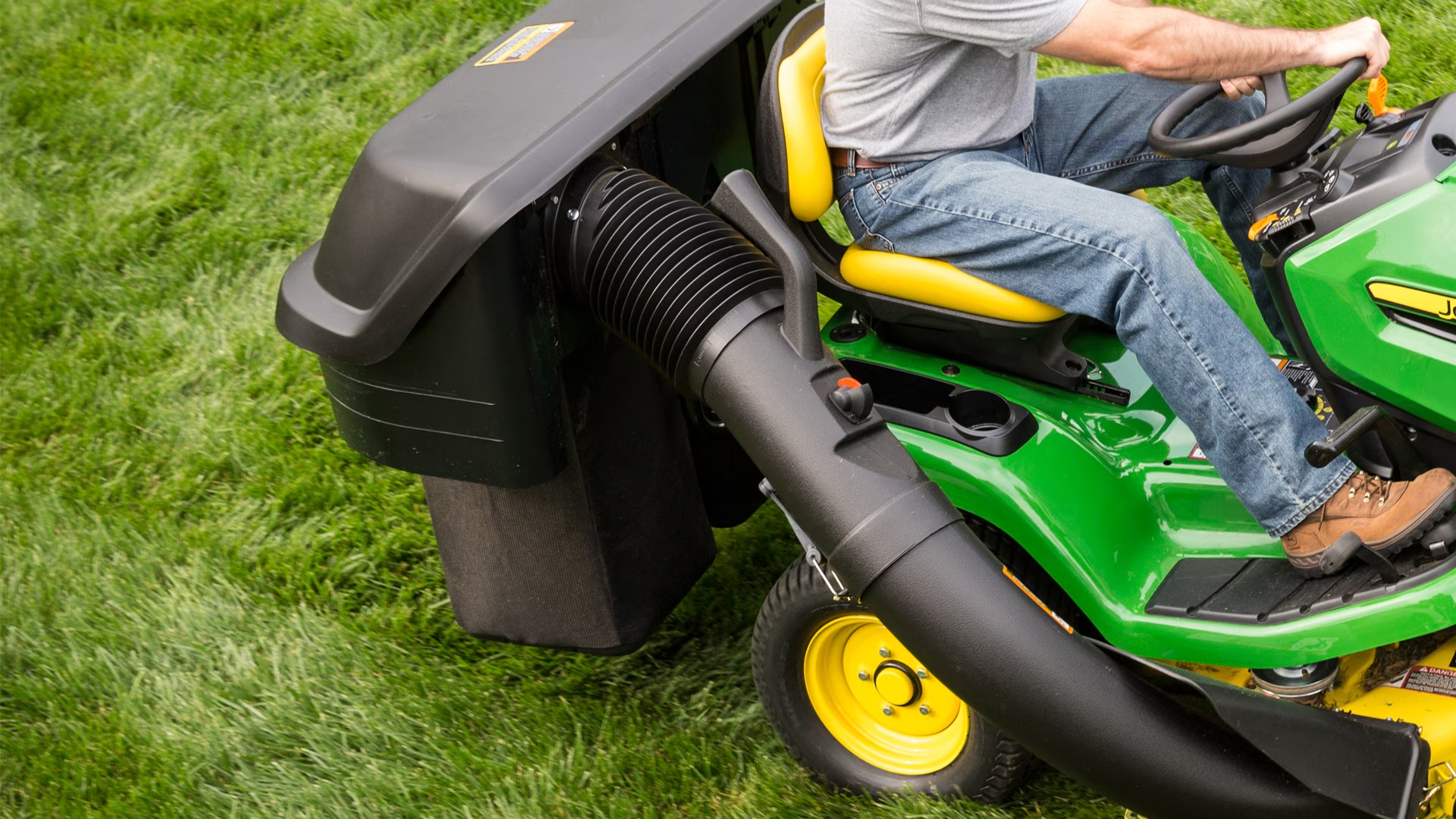
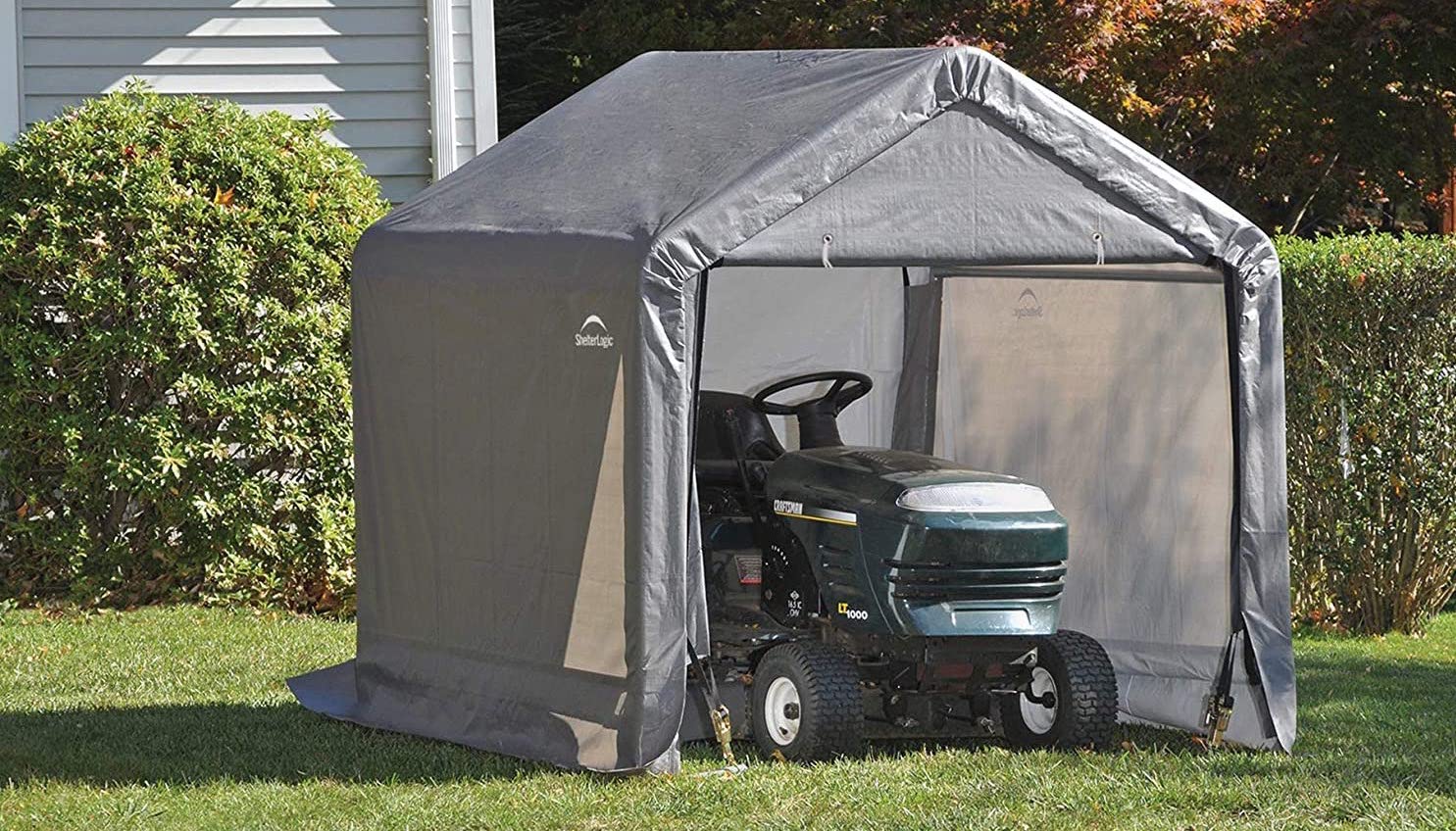
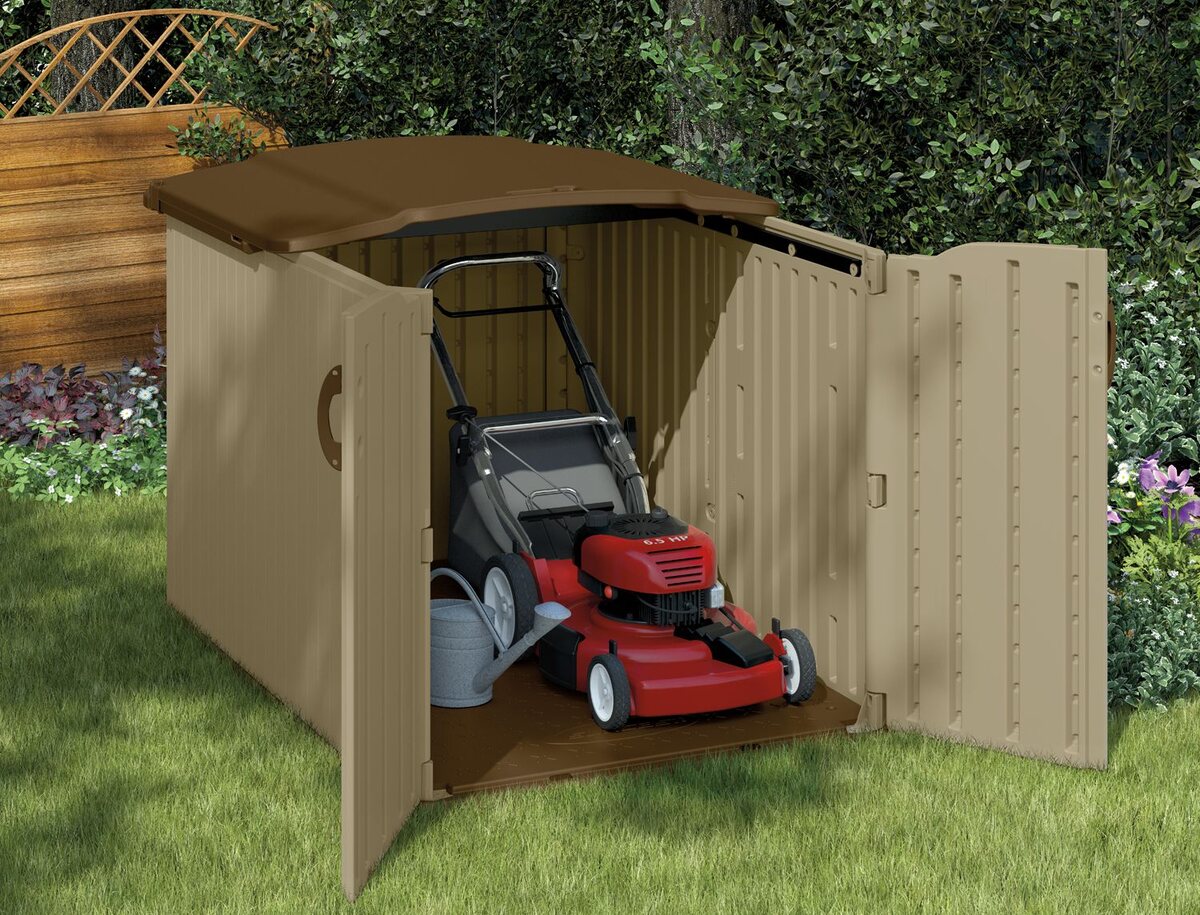
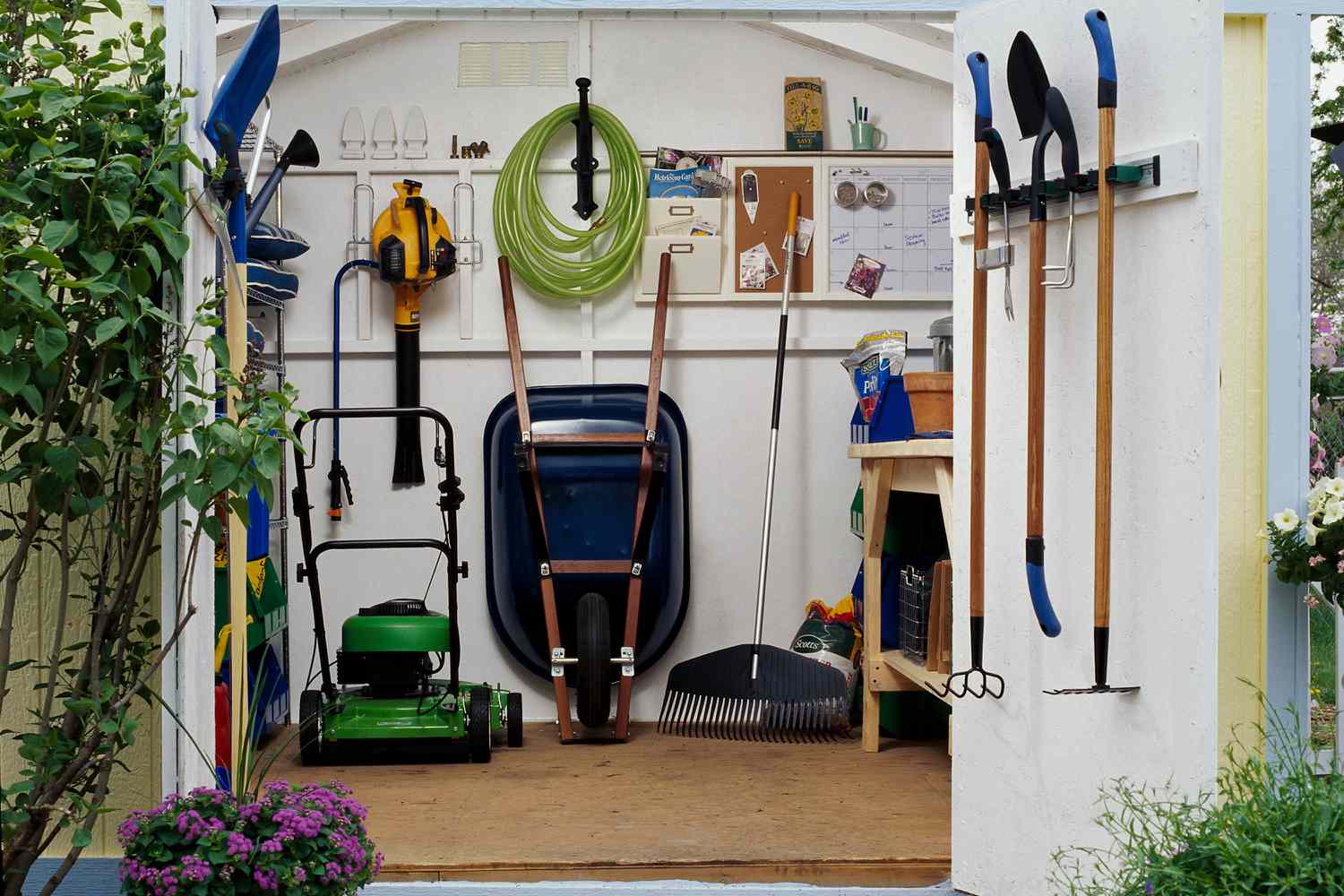
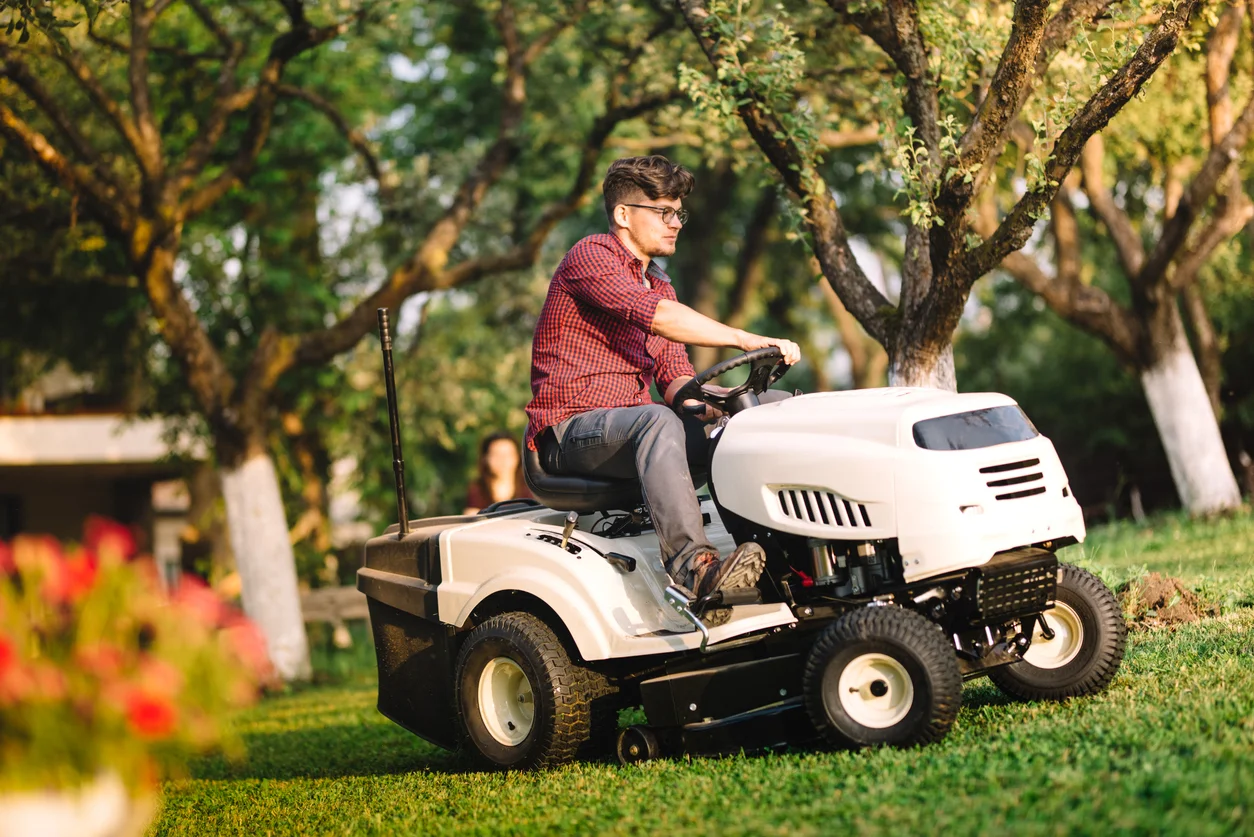
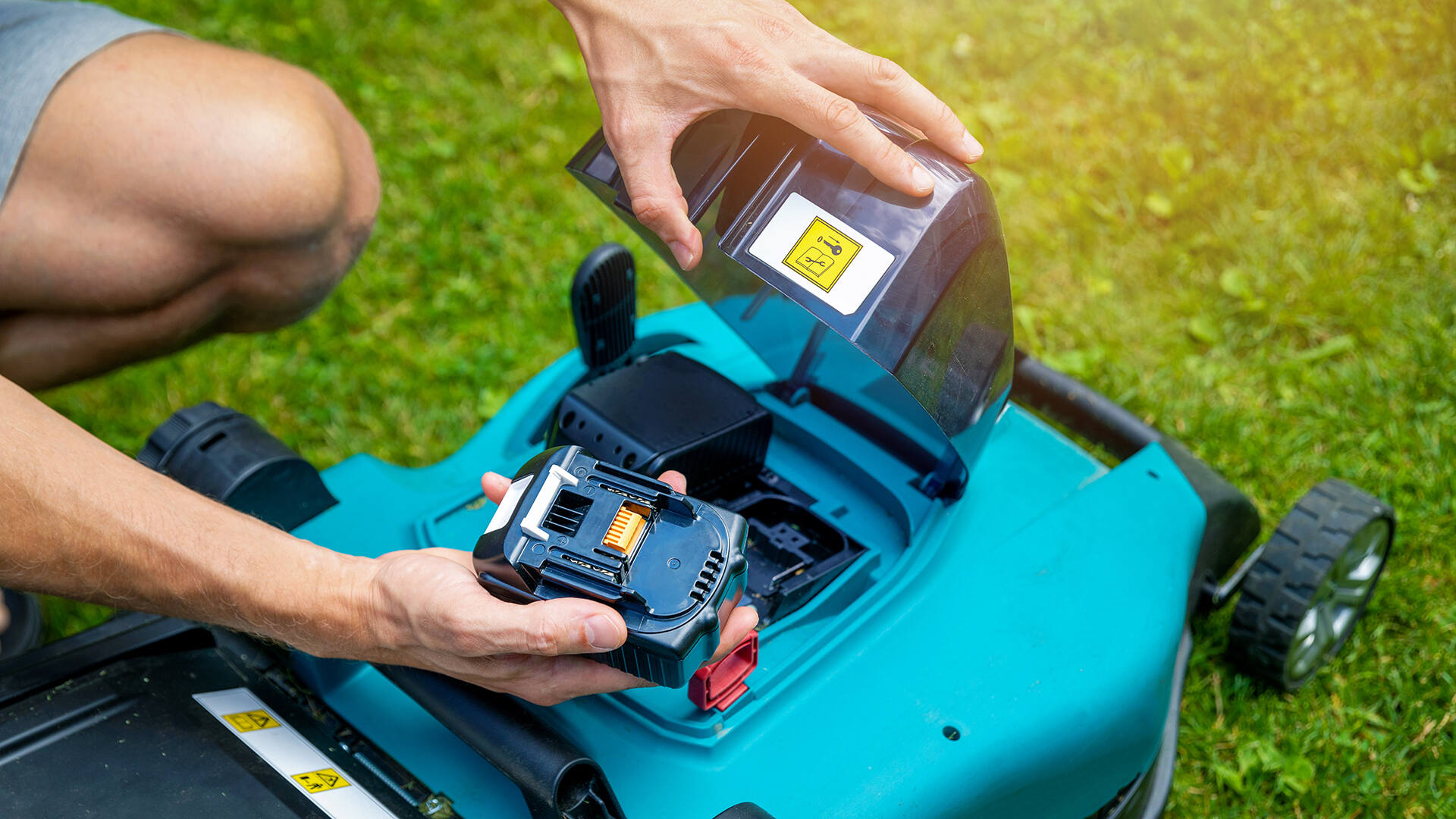
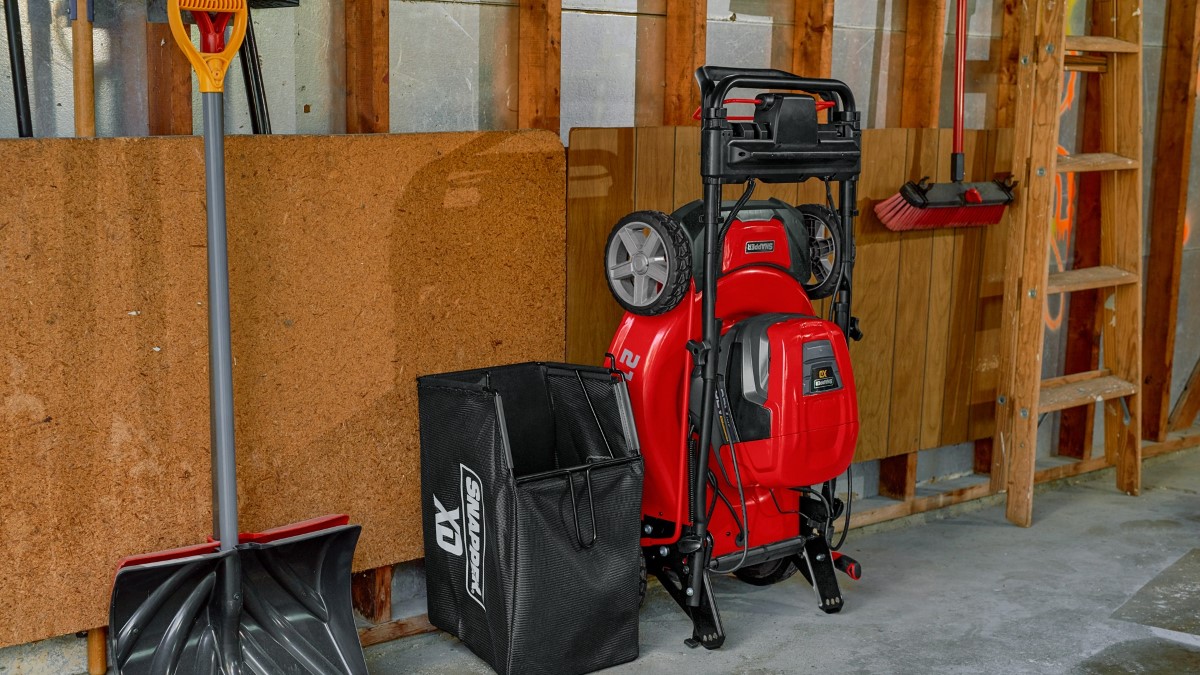
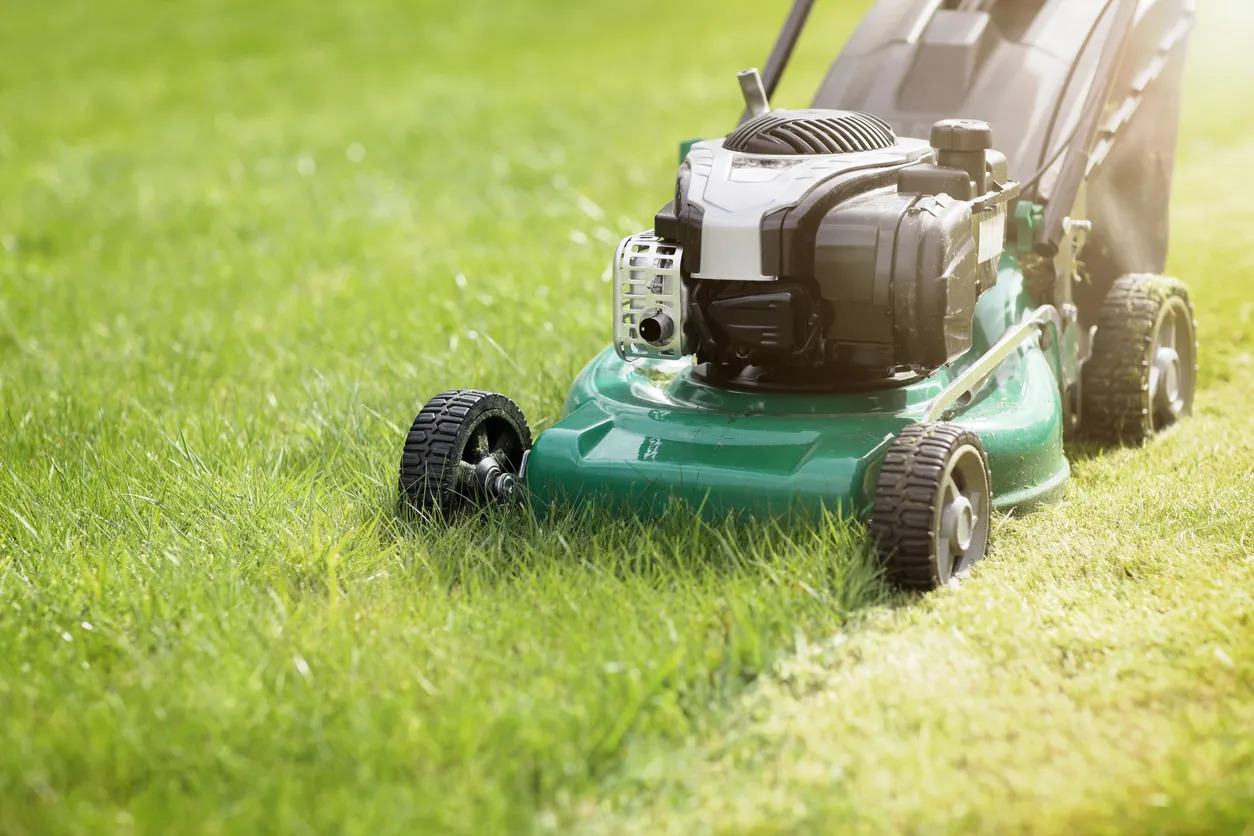
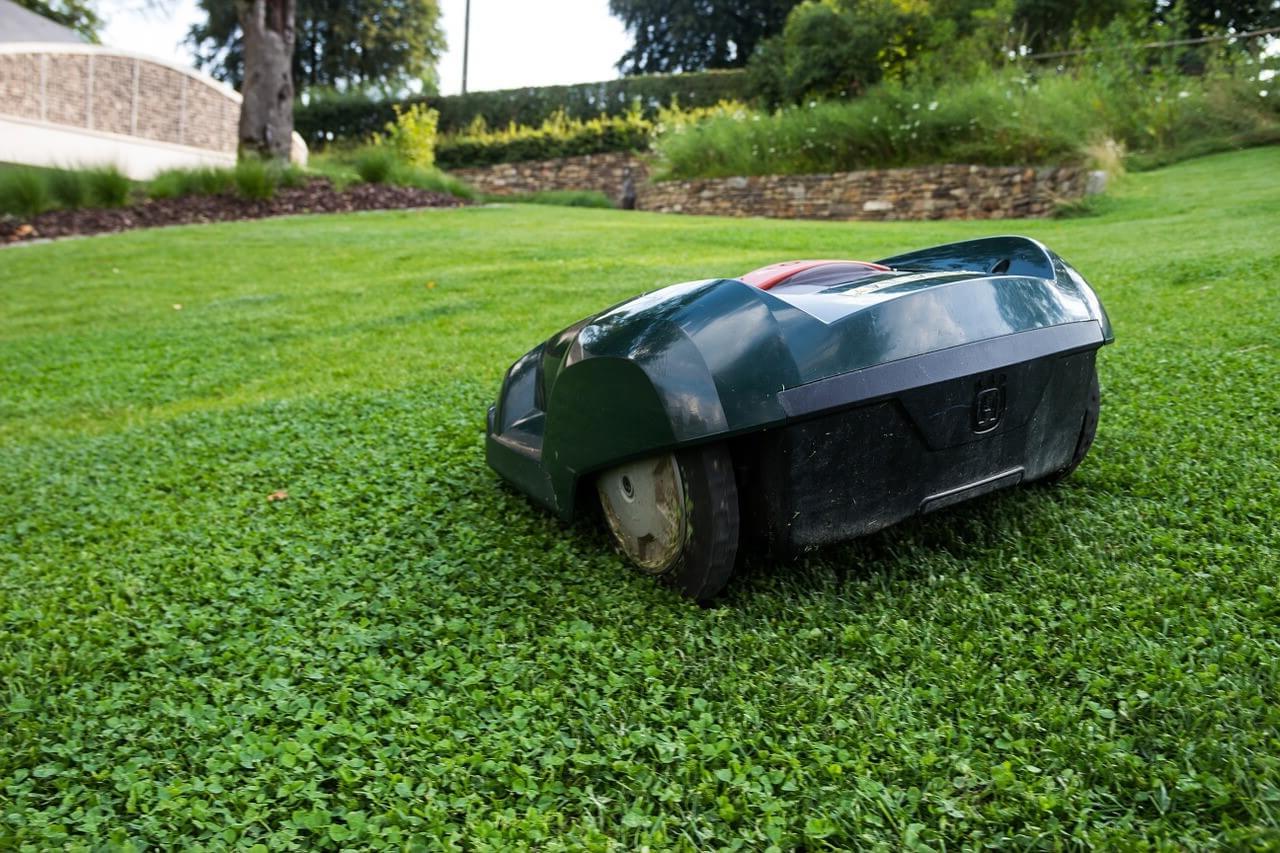
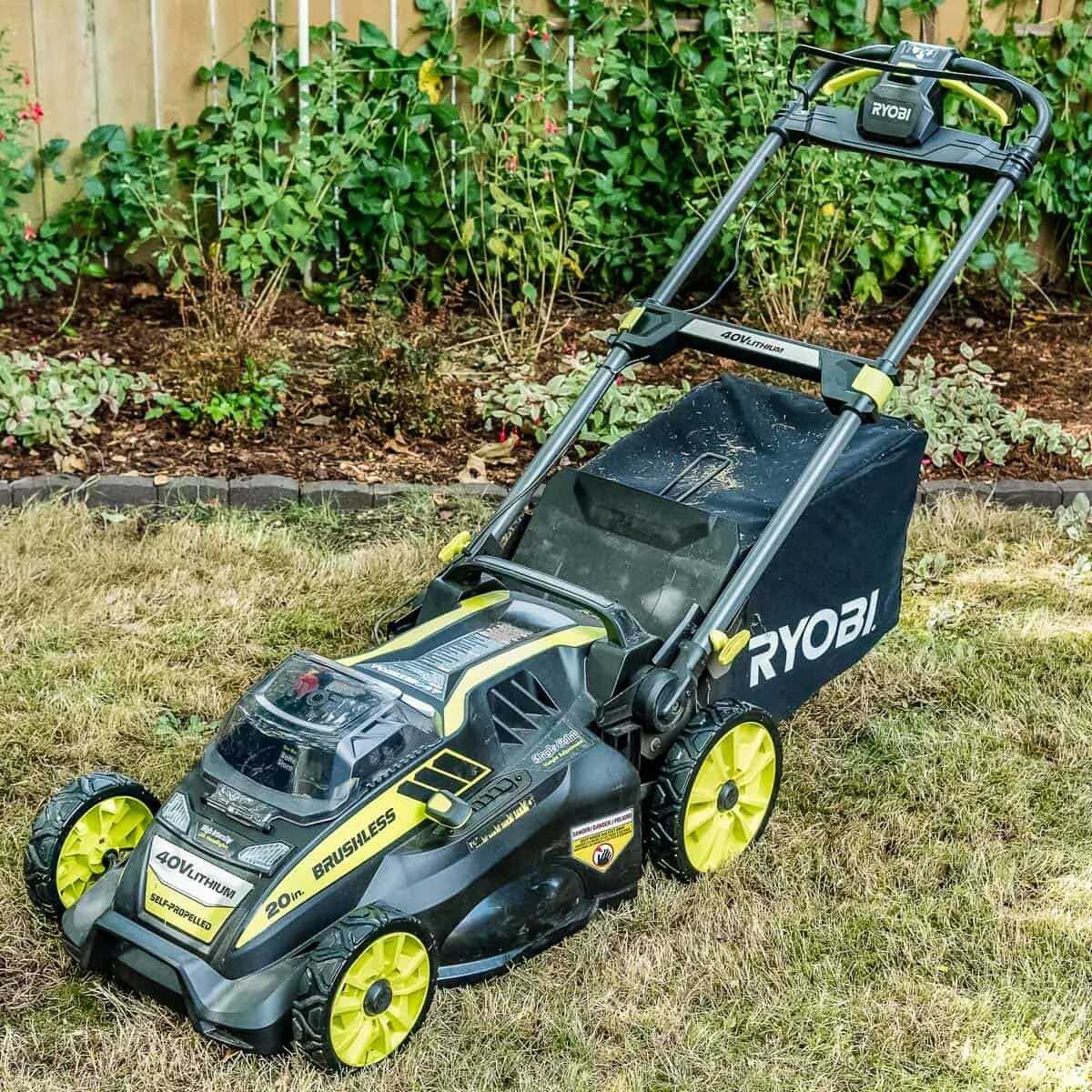
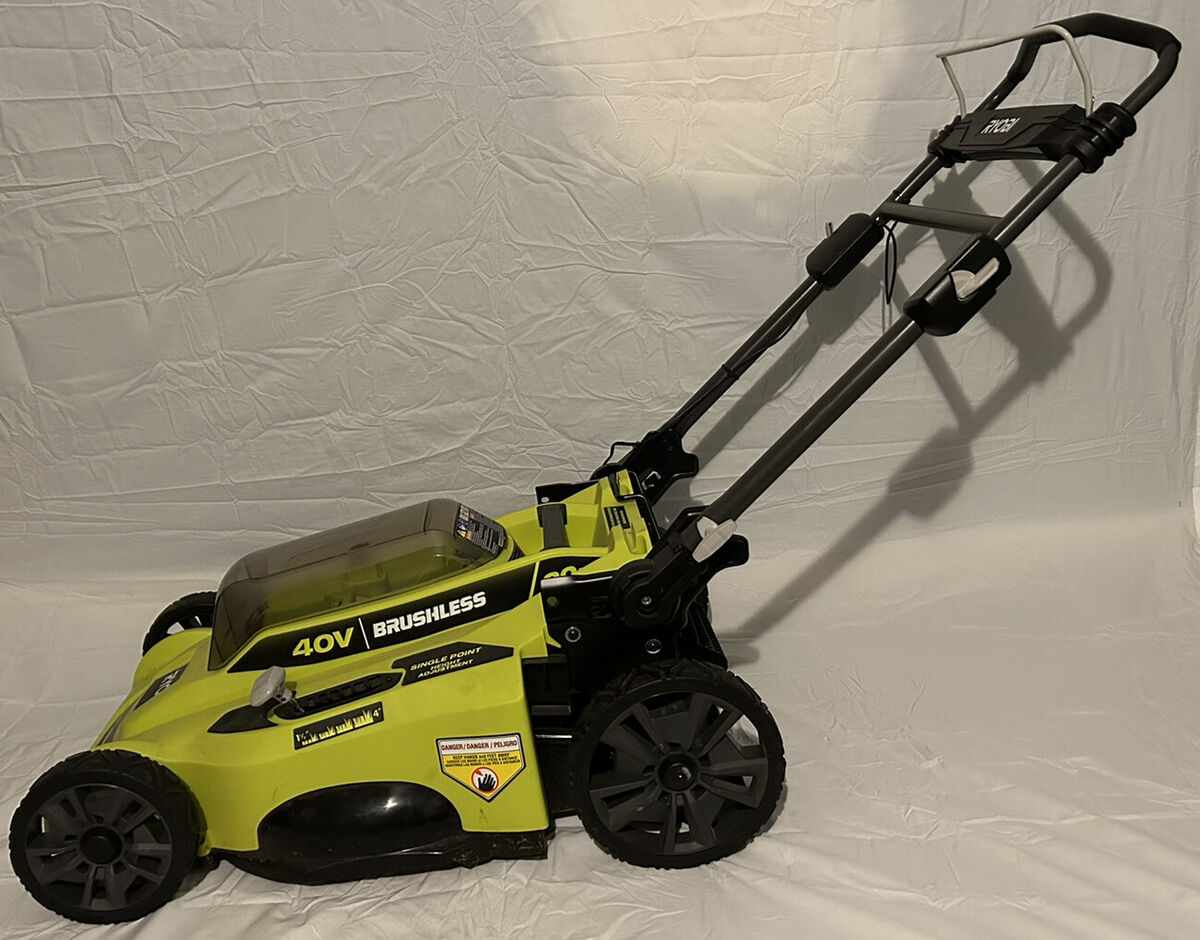

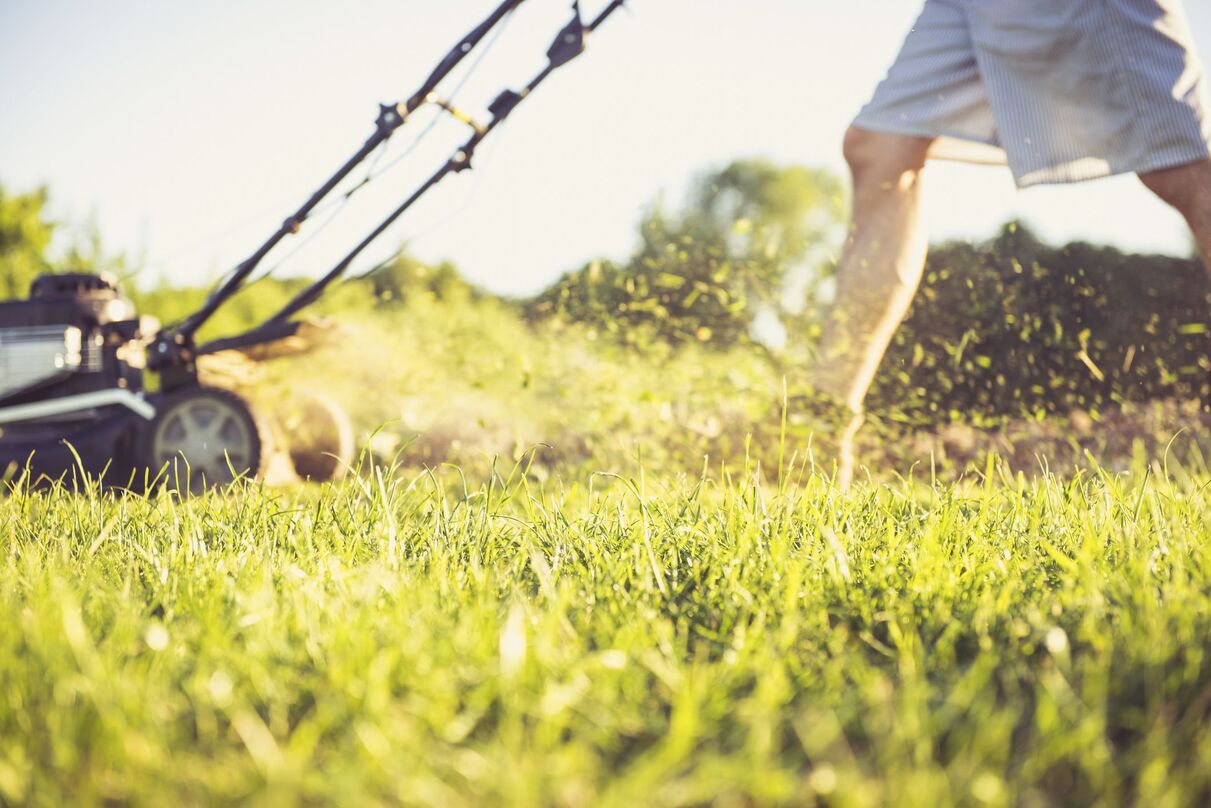
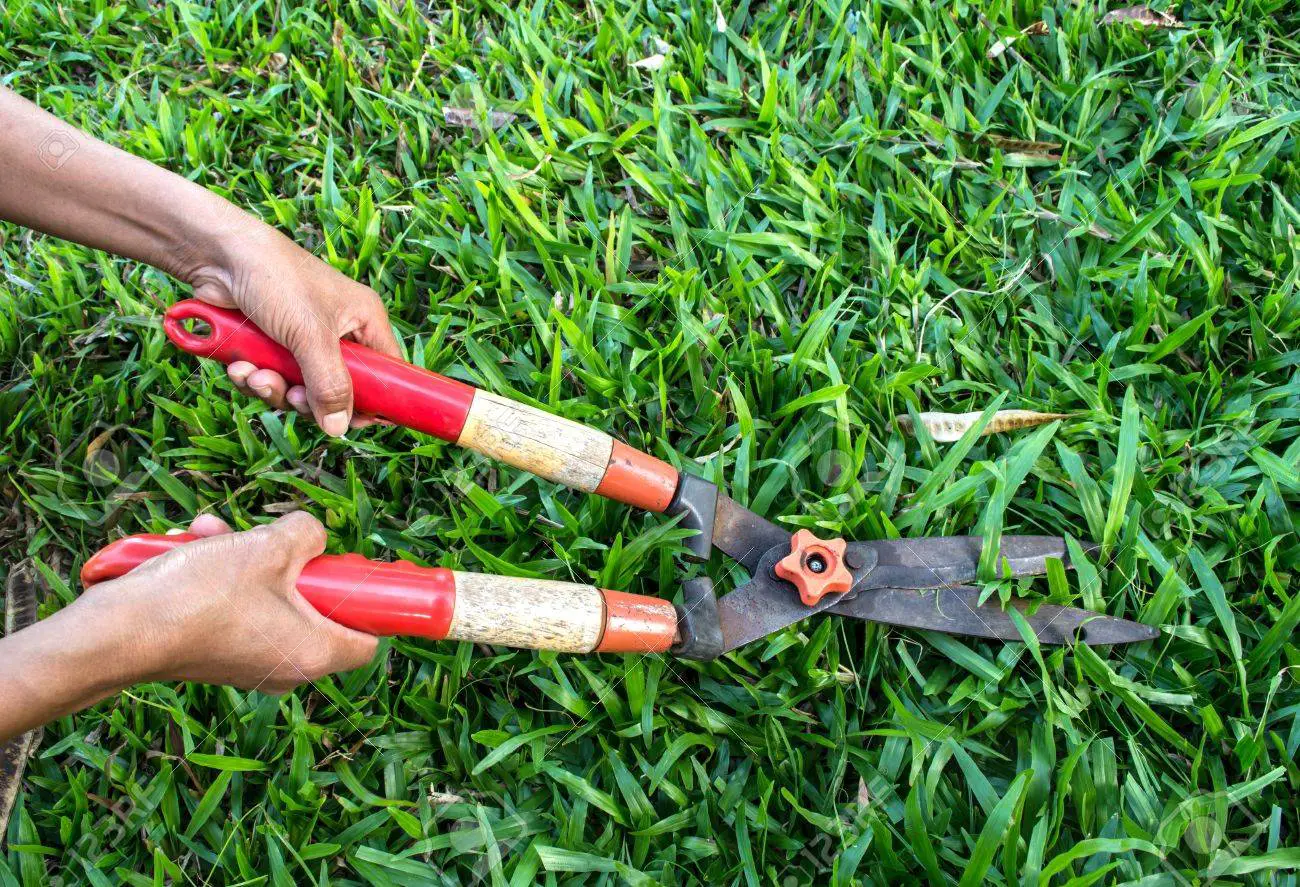

0 thoughts on “How To Store Riding Lawn Mower Outside”